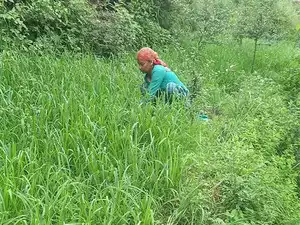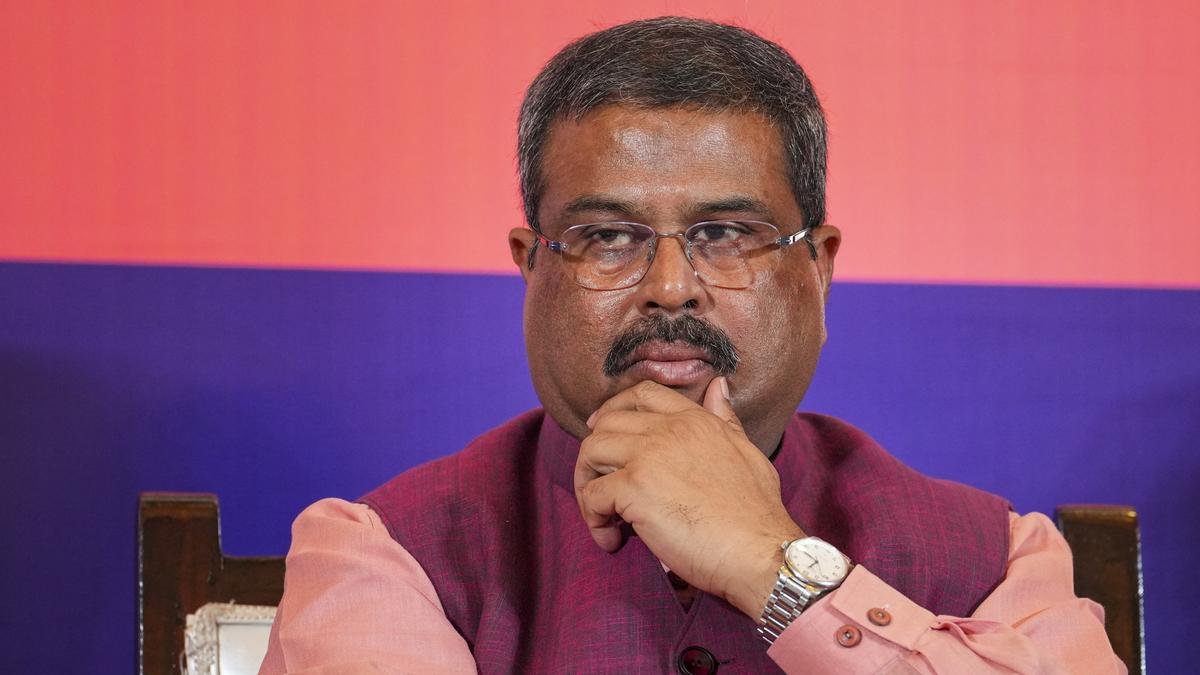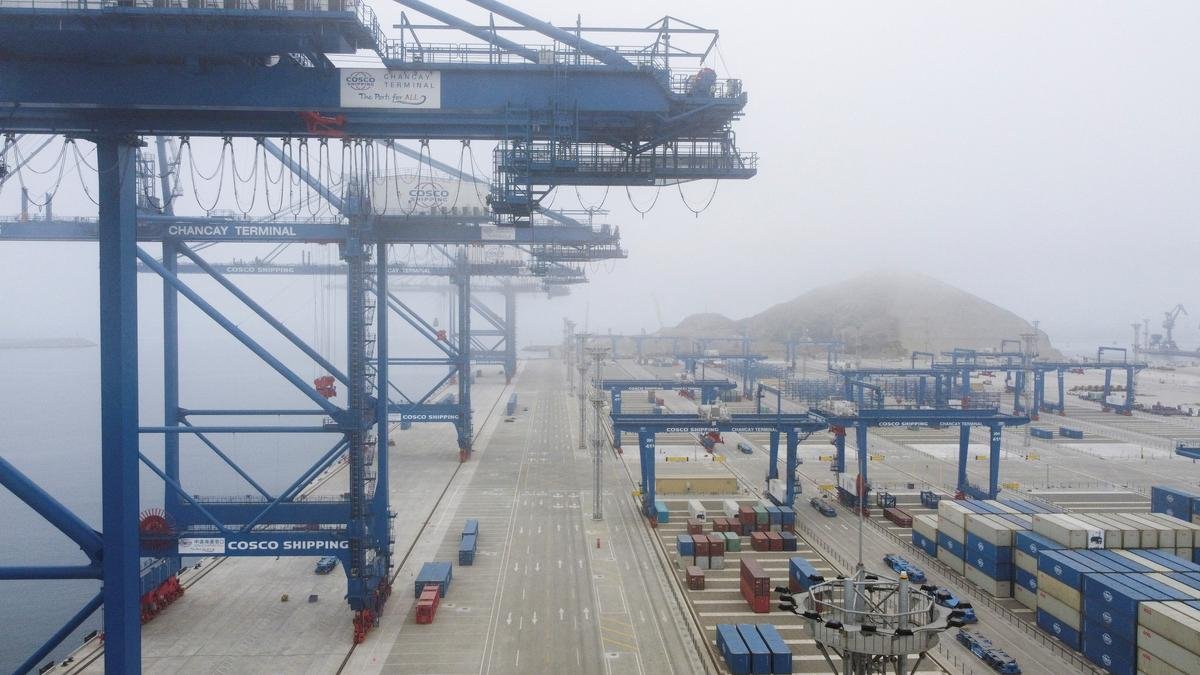The rural economy is gaining momentum. Consumer durables and non-durables are showing strong performance. The manufacturing sector is also exhibiting growth. However, there are signs of a slowdown in industrial growth.
The rural demand and government spending will be key drivers of India’s economic growth in the second half of the current financial year (October-March FY25), according to a report by ICICI Bank.
The report anticipated that the rural economy gains momentum, with the government’s continued emphasis on infrastructure and welfare spending also expected to contribute positively.
It said, “We expect rural demand and government spending to be drivers of growth in H2FY25…. More importantly, consumer non-durables too reported an expansion of 2 per cent driven by rural demand”.
Economic Outlook: Resilient Demand, Slowing Industrial Growth
It also highlighted that a strong performance in consumer durables, with demand remaining resilient amid an improving economic outlook.
Additionally, consumer non-durables, often seen as essentials like food and personal care products, have also shown signs of recovery. After experiencing a decline for three consecutive months, non-durables reported a modest 2 per cent growth in September, mainly driven by rural demand.
Rural demand can explain the pick-up in FMCG output”.
This uptick suggests that increased consumption in rural areas is positively impacting the fast-moving consumer goods (FMCG) sector.
On a broader scale, the report added that India’s manufacturing sector also exhibited growth, with 19 out of 23 sub-sectors showing expansion, up from just 12
However, while the report noted that there has been growth, there are signs of a deceleration. In the second quarter of FY25, the Index of Industrial Production (IIP) recorded a 2.6 per cent year-on-year growth, a notable decrease from the previous quarter’s 6.9 per cent and significantly lower than the 7.8 per cent growth seen in Q2FY24.
Over the first half of FY25, IIP growth stands at 4.0 pc compared to 6.2 pc in the same period last year, reflecting a slowing pace in industrial production.
This trend will be essential to monitor as it could significantly shape the economic trajectory for the remainder of FY25.










